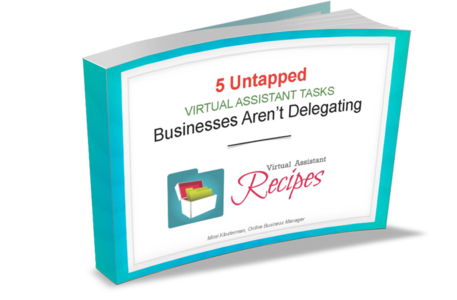Website security — how do we ensure this? There is nothing worse than having your website compromised by a hacker. It can cause so much customer distrust if you compromise your customer’s security and just in general leaves you with a huge mess to clean up. So you want to make sure that you have a safe website. Here are nine website security steps to take so you can keep your website free from the dangers of hackers.
1. Know what threats are out there.
Hackers are always coming up with new ways to get into your website. You need to stay one step ahead of them by knowing the latest in tricks to compromise your site. There are tech sites which can help you know what the latest and greatest hacks are out there so you can protect your site from that danger.
2. Lock it up.
Make it harder for them to get in by having stronger passwords and more securities like limiting the number of password guesses on your site. Ensure that passwords are strong and changed frequently. Frequent automatic logouts and re-logins will help keep you ahead of those hackers. Refrain from sending passwords through email just in case your email has been compromised and you’re unaware.
3. Stay up to date about website security.
If you always update your computer software and security software when updates are available instead of waiting, then you will keep your website safer. Software companies are always looking to protect their clients. Following step number 1 above, they are aware of the latest hacker tricks and work to find ways to prevent that from happening with their software. So as soon as an update is available, don’t drag your feet on accepting it.
4. Use firewalls.
Put up a firewall that will help keep people out. This might require a monthly fee, but it’s well worth it if it stops any unauthorized people from getting into your website. In the long run it could save you so much time, money, and heartache.
5. Admin pages should be hidden.
You never want an admin page to be found through a search engine. There’s a way to prevent these from showing up in search engines, preventing access to the entry portal of your website. There are robots you can use to prevent your admin page from showing up in search engines.
6. Stop file uploads.
Well, not entirely, but you should limit them. Bugs can get into your system through file uploads, even if they are scanned. Speak with your website host about setting up an outside root directory and using a script to access them instead.
7. Use encryption software.
You know what’s so reaffirming to customers? When they go on your site and see “https”. The “s” means secure. Adding this to your website’s database will prevent information from being read during transit.
8. Don’t allow auto-fill.
While it’s great for customers and they may love it, it has its risks. If a user loses their phone or computer, then anyone who gains access to the person’s phone/computer can then fill out information, giving them access to the user’s private information. They might not know that your site caused that, but you don’t want to be the reason someone’s information is compromised.
9. Always back up.
In case the worst happens it’s always best to have information backed up in more than one location. Back up in multiple locations and often, as well as off site.

